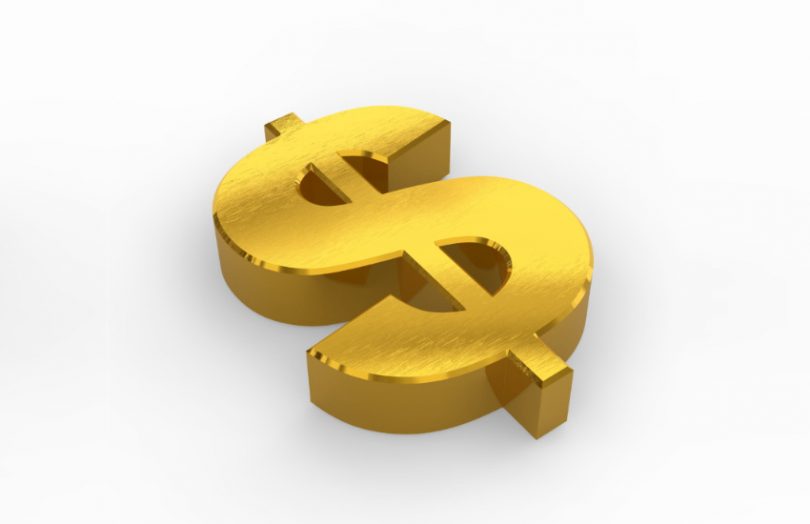Yesterday the U.S. Federal Reserve published its long-awaited paper on central bank digital currency (CBDC). Positioned as a basis for seeking public input – it lists numerous questions – the document went out its way to be neutral. The central bank has not committed to issuing a digital dollar.
One of the few positions taken in the paper was to outline a broad list of criteria, which placed consumer privacy above protecting against criminal activity. But only just. It’s entirely possible that the order was random, but the message is privacy is important.
On that note, the paper states that there’s a need to balance “safeguarding the privacy rights of consumers and affording the transparency necessary to deter criminal activity.”
Last week Federal Reserve Chair Jerome Powell was quizzed about the delayed paper during a Senate confirmation hearing for the renewal of his term. The paper is so neutral that it’s hard to view it as politically provocative. But the very fact of considering a CBDC is a hot potato.
Federal Reserve Commissioners have taken positions for and against the need for a CBDC. Some Republican senators prefer to see digital currency left to the private sector. One of several research projects mentioned in the paper is the Board’s Technology Lab experimentation with an API to “support the issuance, distribution, and use of privately issued digital currencies.” The report will appease many Democrats with multiple research initiatives focused on financial inclusion.
Notable research
One of the most interesting aspects of the paper was a list of current research. We already mentioned that it’s testing an API for private digital currencies. It’s known that the Boston Fed is working with MIT on a CBDC project, but this focuses on new technologies. We previously wrote about one of the avenues we suspect this is taking which is consistent with an emphasis on privacy. Apart from the MIT work, the Board’s Technology Lab is exploring the potential for a centralized design using existing infrastructure.
Additionally, the Lab is investigating how DLT “could be used to support inter-bank settlement,” commonly referred to as wholesale CBDC assuming it’s based on central bank money. That’s despite FedNow, the real-time payment system that it plans to roll out next year.
Criteria for a digital dollar
The key requirement is that a digital dollar’s advantages need to outweigh the risks, and the benefits need to be more effective than other payment methods. A possible CBDC should not replace other forms of money. These criteria ranked above the protection of privacy followed by seeing off criminal activity. And finally, it needs to have broad stakeholder support.
Translating these criteria into features, the bank sees a digital dollar as:
- privacy-protecting
- intermediated by banks and non-bank financial service providers
- transferable in that a CBDC would avoids walled gardens, a feature of some private money
- identity verified to combat money laundering
The report outlines the typical benefits of CBDCs in a cashless society without some of the liquidity and counterparty risks of cryptocurrencies and stablecoins. It could help encourage competition (no walled gardens) and offer automated payments or programmable money.
A CBDC can help reduce the costs of cross border payments and play a role in maintaining the U.S. dollar’s dominant currency position internationally. And then there’s the potential for improved financial inclusion for the unbanked and underbanked.
The document outlines risks such as bank disintermediation and a greater risk of runs, although both can be addressed through CBDC design.






